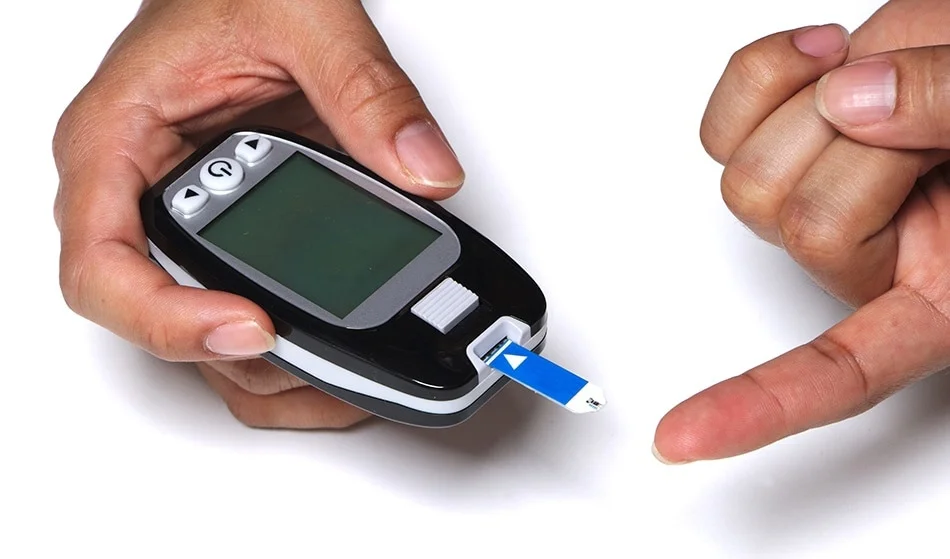Air pressure therapy devices are widely used in medical and wellness applications. They apply cyclic pressure to limbs and tissues through sequential inflation and deflation of multi-chamber airbags. This process accelerates venous blood flow, promotes blood stasis drainage, improves microcirculation, and enhances fibrinolytic activity. The device is effective for preventing deep vein thrombosis (DVT), reducing limb edema, and managing complications from cerebrovascular and peripheral vascular diseases. It is particularly valuable for early cardiovascular health and prevention, finding applications in clinical settings and households.
Technical Specifications
To ensure compliance with industry standards, the design adheres to the Chinese standard YY-0833-2020 for limb compression therapy equipment. The following parameters were established based on this standard and market analysis:
- Inflation and hold time: 5¨C160 seconds, initial inflation ¡Ü60 seconds, error ¡À30%.
- Pressure range: 10¨C40 kPa (default 25 kPa), maximum 40 kPa (300 mmHg), error ¡À20% or ¡À3 kPa (¡À22.5 mmHg), whichever is greater.
- Treatment duration: 10¨C99 minutes, error ¡À2%, maximum ¡À1 minute.
- Overpressure protection: Maximum pressure ¡Ü40 kPa (300 mmHg), with pressure exceeding 2 kPa lasting ¡Ü20 seconds (automatic deflation if exceeded). Overpressure exceeding 20% lasts ¡Ü1 second.
- Treatment modes: 6 programmable modes.
Additional Features
Based on market evaluation and user needs, three features were added:
- Selective chamber disable function to skip injured areas.
- Voice prompts for real-time equipment status, aiding elderly users.
- Dual-pump system: large and small pumps for rapid inflation to set pressure; small pump only for precise, stable pressure maintenance.
Circuit Design
The circuit design includes a main board and a key-display board, using cost-effective, readily available components. The main board supports 4, 6, or 8 chambers for future scalability and includes provisions for infrared remote control and electromagnetic compatibility. The key-display board uses a dedicated LED driver chip to reduce microcontroller I/O usage, simplify wiring, and improve layout.
Key considerations include:
- Current capacity, high/low-voltage isolation, and power device heat dissipation.
- PCB copper foil for heat dissipation, eliminating external heatsinks.
- Isolated 220V pump driver with a cutout PCB section for enhanced safety.
- Voice circuit integrated into the key-display board due to space availability.
PCB Fabrication and Assembly
After finalizing the schematic, the PCB layout was designed, focusing on current capacity, circuit isolation, heat dissipation, and interference reduction. The PCB was sent to a manufacturer, and components, connectors, buttons, and button caps were sourced online. Once received, the board was assembled and soldered.
Software Development
The firmware was developed based on the defined functions and schematic. A vocabulary list for voice prompts was created, recorded by a professional, and programmed into the voice chip. The code was uploaded to the microcontroller via USB, eliminating the need for a dedicated programmer.
Pressure calibration was performed manually from 0¨C40 kPa using a medical mercury sphygmomanometer. Serial port data was monitored and adjusted iteratively to meet accuracy requirements.
Enclosure and Mechanical Assembly
A suitable off-the-shelf enclosure was selected and modified. The panel was drilled for LEDs (3 mm diameter, 2.5 mm holes, countersunk to 5 mm), buttons (8 mm diameter, 10 mm holes), and mounting screws (countersunk for flush fitting). A 1:1 printed template guided precise drilling.
The air connector socket was crafted from a 90x15x22 mm block, drilled for six 5 mm air holes (12 mm deep, 5.5 mm diameter) and 9 mm sealing ring recesses (1.8 mm deep). Nylon tubes (3x5 mm, 20 mm long) were glued into the socket with PVC adhesive and cured for 12 hours. The enclosure base was drilled for air connections and mounting screws, with countersunk holes for a clean finish.
Components, including pumps, power supply, main board, and solenoid valves, were mounted using nylon or copper pillars for stability. Wiring was organized with spiral tubing, and silicone air tubes (4x7 mm) connected the air circuit. An emergency stop switch was installed in a 22 mm hole, and unused holes were sealed with plastic caps or hot glue.
Testing and Calibration
After assembly, the device was powered on to verify button and display functionality. A medical mercury sphygmomanometer was integrated into the air circuit to test pressure accuracy from 0¨C40 kPa. Serial port data guided adjustments to ensure compliance with design specifications.
Final Assembly and Aesthetics
The enclosure was closed, and a temporary 1:1 printed panel diagram was applied for testing. After verifying all functions, a custom PVC adhesive panel was ordered online for a professional finish. Six silicone air tubes were cut and connected to a 6-chamber leg sleeve, with air path 1 for the foot and 6 for the thigh. Optional arm or waist sleeves can be used.
Plastic plugs replaced temporary caps for a polished look. The final device is functional, cost-effective, and visually appealing, suitable for personal use or further development.
 ALLPCB
ALLPCB







